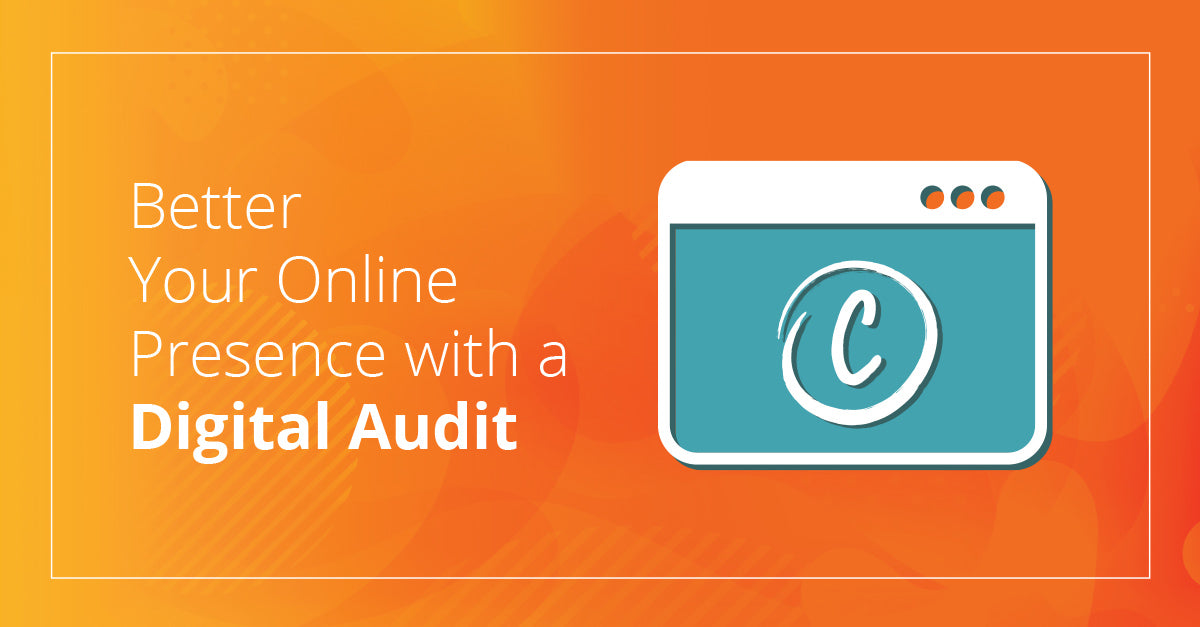
Your business likely has a website that looks great and provides your customers with valuable information. But how relevant is your content? Is it engaging? Understanding your audience's search intent and using it strategically can help you drive traffic that generates qualified leads and, ultimately, sales.
For this, your website needs content that repeatedly draws in an audience who will take action. But how do you know what kind of content to create, and how will you know it’s working? Simple. Data. There’s an abundance of data available; you just have to know how to use it!
Keyword research is one way to harness data, and it’s a crucial step in developing a strong SEO strategy. Knowing keyword intent is important for driving the right type of traffic you want for your business.
This is true for all industries, but it’s even more important for the B2B Imaging and Technology space, as keywords are limited and competition is high.
That’s why we’ve created an overview about search intent and how to implement it.
Types of Search Intent
There are many reasons why people “Google'' something, including shopping or research. Whatever they’re searching for, there’s a specific goal behind their query. Understanding that goal will allow you to build content that ranks better and satisfies readers.
Search intent is broken down into four main categories:
- Navigational Intent
- Informational Intent
- Transactional Intent
- Commercial Intent
Navigational Intent: is when someone’s looking for something specific, like a website or the address for your business. These searchers know what they want and want to find answers instantly.
Ensure your customers can easily find, and contact you by optimizing your URL and the placement of your business information on your website.
Informational Intent: is when people are searching to learn about something. This can be specific, like “how to check how many pages a printer has printed,” or broad, like “what’s the best printer.” Your keywords for this intent should include who, what, when, why, and how.
Creating content centered around informational intent gives your customers valuable information, building your brand awareness and instilling trust. Pay close attention to the keyword, or keyword phrase, you’re using and ensure your content clearly answers that question. Your goal is to give the best answer so that your content shows up at the top of the search engine results page (SERP.)
Transactional Intent: is when someone wants to “do” something, like making a purchase. It also includes signing up for events, form submissions, and more. These keywords are valuable for businesses because they lead to conversions.
Find keywords that influence users to take action, such as ones including “sign up” or “buy”. Also create dedicated landing pages that make it easier to complete these actions.
Commercial Intent: is a combination of informational and transactional intent. These searchers are doing research, usually comparing products, reviews, and trials to help them make decisions.
People are often on the verge of deciding, so you’ll want to have the right keywords to drive them to your site and helpful content that will lead them to convert. Remember, the digital customer is looking for quick answers. Structure your keywords and content with this in mind.
Although the main objective of business is to get people to make a transaction, you need to consider all types of intent for your overall strategy. Create content for customers at every point of the buyer's journey.

Aligning Keyword Intent with Your Business Goals
When developing your content strategy, you also need to think about your business goals. Maybe you want to generate more revenue with existing customers, or gain new ones. Thinking about your goals means you’ll create content that resonates with your target audience.
For example, if you want new customers, target audiences with informational intent. They’re unfamiliar with your company, so they’ll need more nurturing. For these customers, write a blog that’s rich in content showing your expertise on a topic, product, or service that’s of interest to them.
Utilizing Search Intent for Search Engine Optimization (SEO)
Search engines have very specific ways of operating. They:
- Want to direct people to the best available website.
- Use algorithms to determine the best resources.
- List the closest answer at the top of the SERP.

Algorithms understand search intent behind every query and use this as a ranking factor. So, the better you are at answering search queries, the more likely you'll rank higher.
When you're trying to build content around a specific keyword you should:
- Know the intent behind it.
- Answer the question fully.
- Incorporate keywords associated with the topic.
An example of associating keywords would be if you have "cyber security provider" as your keyword then you'd also include keywords like "cyber security services." This proves that you’re fully covering the topic. If you're not sure where to put keywords, find out more here.
Having a digital presence is a requirement for businesses these days, so why not make it worth your while? Build digital content strategically by aligning your business goals and your customers’ needs with search intent focused keywords.
Interested in learning more about search intent and how MPSToolbox can help you build your content strategy? Reach out today to get a full overview of our marketing services and how we can help you develop a digital presence that produces results.
Leave a comment (all fields required)
Comments will be approved before showing up.


